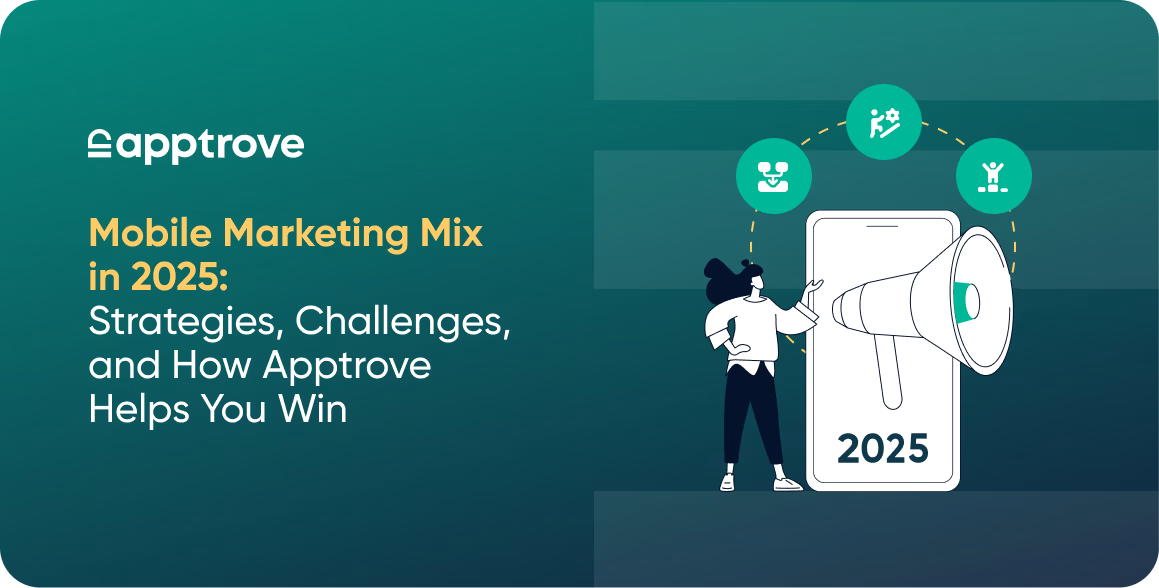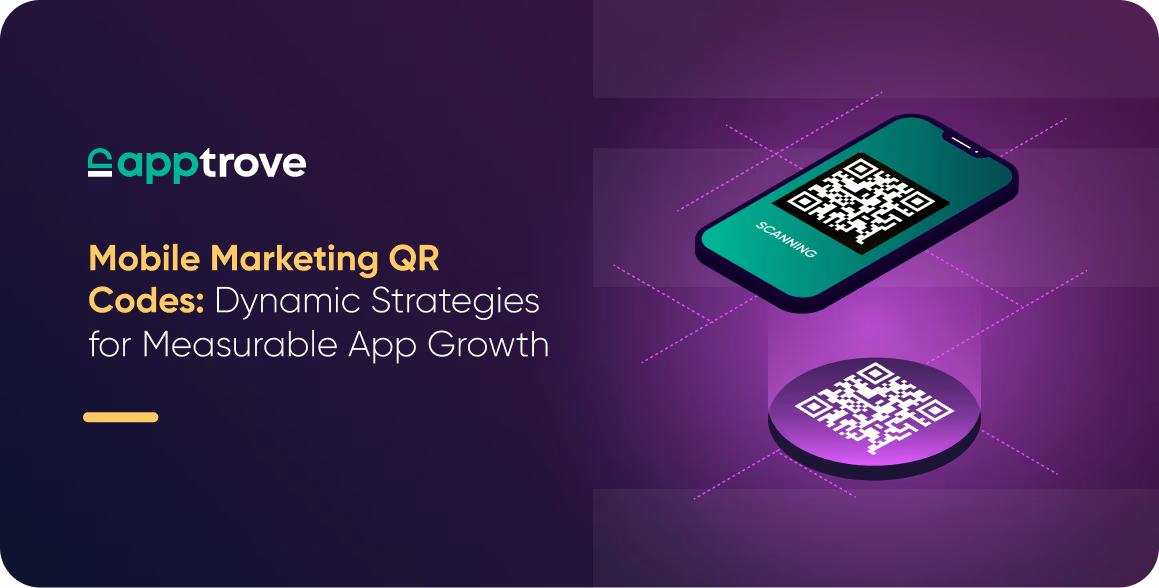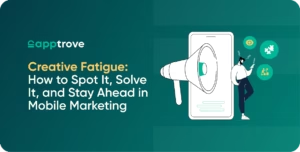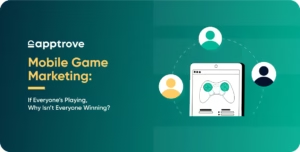According to Statista, revenue due to game monetization in the Mobile Games segment is projected to reach US$124.90bn in 2022. And the growth of this sector is not slowing down anytime soon. Revenue is expected to show an annual growth rate (CAGR 2022-2026) of 8.74%, resulting in a projected market volume of US$174.60bn by 2026.
So, if you are a mobile game owner, you know there is money to be made in this sector, but how? In this article, we will discuss game monetization strategies that will help you successfully monetize your mobile games.
What is game monetization?
It is the revenue stream of any game, whether it is a pay-to-play model or in-app-purchases, or advertisements. But which strategy will work best for your mobile game and once you have identified it how will you execute it to perfection? Let’s take a look.
Types of game monetization strategies:
- Give freemium upgrades through challenges in the game.
- Display interstitial ads during game pauses.
For a deeper breakdown of mobile game monetization models and best practices, check out this guide from GameAnalytics: Traditional Monetization Strategies in Mobile Games
How to monetize your mobile game?
There is no one-size-fits-all strategy when it comes to mobile games. Each game type will respond differently to different monetization strategies. Mobile monetization strategies range from free-to-play games whose monetization strategy depends on ad revenue or in-app purchases to subscription games that require players to pay to play. Let’s learn more about these.
Best mobile game monetization models
It is wise to have multiple approaches toward game monetization according to the types of players your game caters to.
It is important to segregate audiences based on who brings in more revenue as well as pinpoint your strategy towards them. While every user is valuable, some bring in more revenue than others.
For example, more women spend money on in-game content than men. You would be losing out if you do not focus your monetization strategy on women.
Let’s see how you can start monetizing your mobile games.
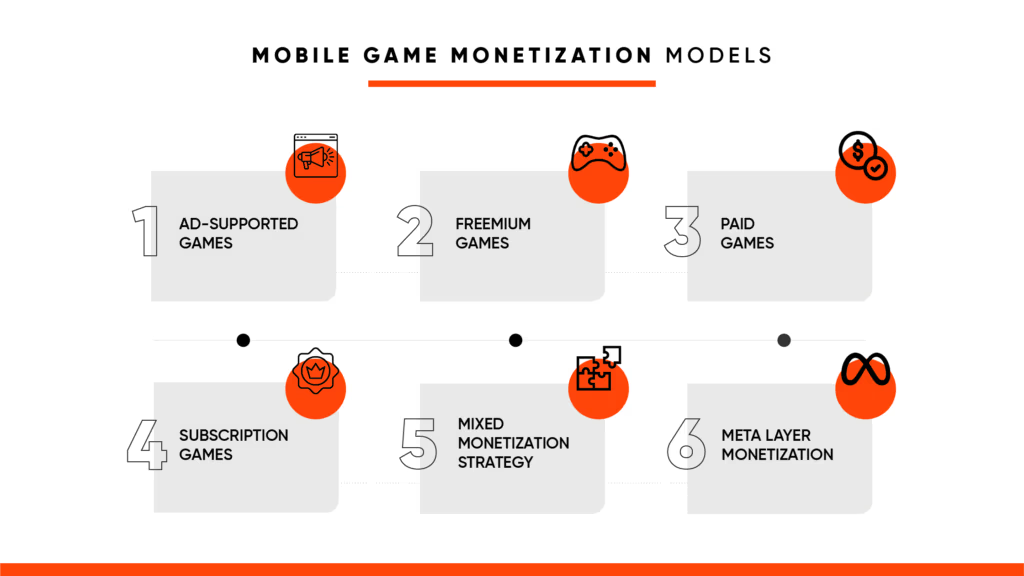
Ad-supported games
Used for casual or hyper-casual mobile games, this monetization method works by getting users to download the free game and showing them ads at different points during gameplay. These ads are often displayed between levels or at other natural pauses.
Types of ad-supported games
- Rewarded video ads: These ads work as a monetization strategy by incentivizing users to interact with the ad in order to gain something in the game.
- Interactive ads: These ads let users play a game as a trial before they decide to download it.
Freemium games
These types of games are free but players who make in-app purchases receive a better gaming experience as they would get access to exclusive content, more lives, the ability to skip levels, or several other advantages.
Freemium games can also include ads in their monetization strategy. A popular example of a freemium game is Candy Crush.
Paid games
These games charge the users upon download. But just the download fee is not the only revenue stream for paid games. Developers can try a multi-pronged approach for example adding in-app purchases to the game.
Subscription games
The subscription monetization model, while similar to the paid games model, has the advantage that players can subscribe with a fee to remove ads completely from their gaming experience. These are some of the common subscription models in play in the market today:
- Individual subscriptions: Subscribe-to-pay model for 1 game with a fixed fee to be charged monthly or yearly.
- Umbrella subscriptions: These subscription models allow gamers to play multiple games from a single publisher or through a third-party, such as Apple Arcade.
- Battle pass subscriptions: This model incentivizes players to play frequently as the purchased “battle pass” gives them access to rewards only if they play and advance through the game in a set amount of time.
Mixed monetization strategy
This strategy has been gaining traction in the last few years for mobile games as this monetization model allows developers to tap into multiple revenue streams.
Rather than choosing one of the models that we have discussed previously, developers are combining in-app ads, in-app purchases, and subscriptions, but rather combining them to get the best results.
Meta Layer Monetization
Rather than just monetizing the core gameplay, casual games now are adding additional ways to monetize. One of the most popular ways to do that is by adding different meta layers on top of the core gameplay. For example, a collectible meta, RPG meta, light construction and customization meta, and narrative meta.
Games can limit the time players can spend in the meta layer per day and make it payable to enjoy more time in the meta layer. The meta layers could even offer special currencies, etc. These do wonders in terms of engagement and retention.
If as a developer you crack the line between making a game that makes money and providing the best gaming experience to your customer, you have won the monetization game.
FAQs
1. What is the difference between in-app purchases and freemium monetization?
In-app purchases allow players to buy specific items, upgrades, or advantages within a game. Freemium monetization offers the core game for free but encourages users to pay for enhanced experiences, such as premium content, extra lives, or cosmetic upgrades, combining free access with optional spending.
2. How do rewarded video ads improve game monetization?
Rewarded video ads give players incentives like extra lives or in-game currency in exchange for watching short ads. This model benefits developers by driving ad revenue while also enhancing player satisfaction, since users choose to engage with ads for valuable in-game rewards.
3. What role does player segmentation play in monetization strategies?
Player segmentation helps developers identify which groups contribute most to revenue, such as casual spenders versus “whales.” By tailoring monetization strategies—like exclusive offers for big spenders or ads for casual players—developers can maximize revenue while maintaining balanced player experiences.
4. How can subscription models benefit mobile games?
Subscription models provide consistent, recurring revenue for developers while offering players benefits like ad-free gameplay, exclusive content, or bundled access to multiple games. This approach improves retention, as subscribers are more likely to remain engaged over time compared to one-time purchases or ad-supported models.


